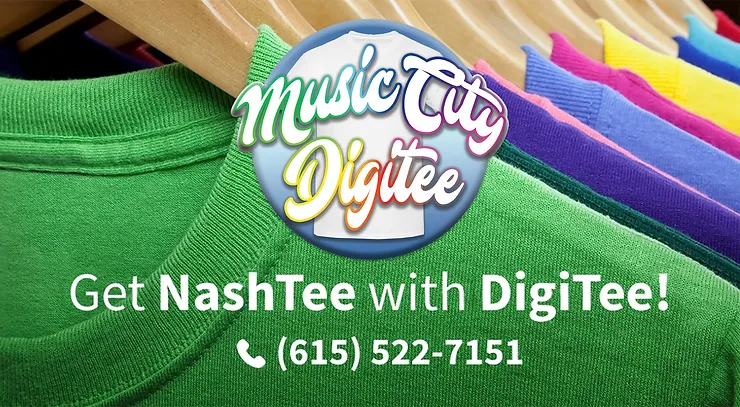Are you a new to DTG custom print work? This article is for you!
Ever wonder how that hilarious TV show quote or meme got on your favorite shirt? Since starting Music City DigiTee, a DTG printing business, we noticed that we cannot avoid looking at people’s shirts a lot more wondering about the size and quality of every print. If you are a brand new to the industry, regardless if you are a customer or provider, DTG can be a little overwhelming at first…but so was riding your first bike!
To help you, here are some things to know about DTG for any beginner.
In this day and age, there are many options when it comes to creating custom tees. And while tons of methods work well, we’re big fans of Direct to Garment printing. DTG printing not only allows for extensive color options, details, and an easily customizable design, but it also requires a minimal upfront cost and makes it simple to print designs in small batches.
It’s New
While screen printing has been around since the beginning, DTG Printing is actually pretty new. In fact, Direct to Garment printing only began in the early 2000s, and is now just picking up traction (which further proves that right now is the best time to get involved in it!). Why the switch? Many people prefer DTG printing because it’s easier to print on small and large orders.
It’s Simple
DTG printing is simple: your image is loaded into a computer, optimized, then printed directly onto your garment(s).
Garment Quality is Key
With DTG printing, the quality of the garment is especially important. For the best quality print, you want to use a t-shirt with a tight-knit, smooth print surface–you want as little “fuzz” or stray yarn as possible. All of our cotton is 100% combed and ring-spun, making it the best surface available for DTG printing. If you try and cut corners here by using a cheaper, carded cotton, you’ll end up with an inferior product.






